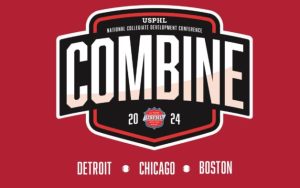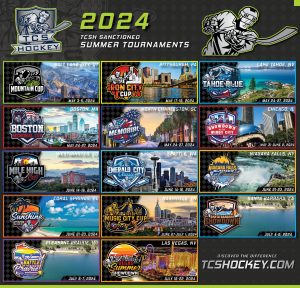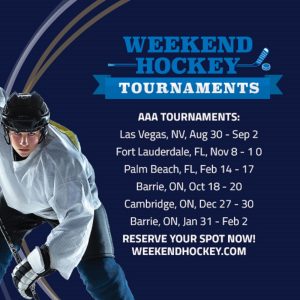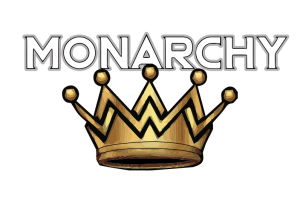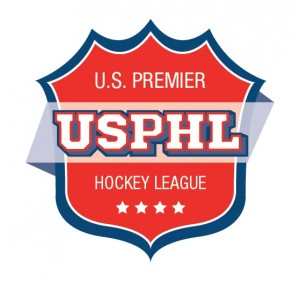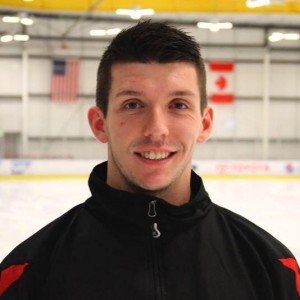Chalk Talk: The two most important questions a coach should ask
“Did you have fun?”
These are the two most important questions coaches should ask their players from Mites to Midgets, house to AAA and beyond. If you aren’t learning and having fun doing it, you’re in the wrong place.
Players who skate for me in private and team settings—competitively, recreationally, at regional or developmental camps alike, all hear those two questions and I’m proud to say that a vast majority of the time, answer ‘Yes’ to both.
Coaches, how do we go about eliciting these responses on a regular basis?
Know your audience. I often see and hear coaches treat their Squirt house players as if they play Bantam AA. Understand that your diction and tone play vital roles in how your message is received. As a private coach, I deal with kids as young as five who can hardly stand up on ice, Midget AAA players with college hockey aspirations and even beer leaguers nearly twice my age (back-to-back-to-back sometimes!). If I spoke to them all the same way, I think we’d all agree that I’d look and sound fairly silly.
Make sure you and your players know the appropriate expectations at that particular level. Before the season begins, clearly outline what you expect from them and what they can expect from you. Once you’ve established those guidelines, stick to them. The second you deviate, you lose trust. Once trust is lost, it becomes difficult for a child to learn because he or she will constantly second guess your messages.
Be prepared. At the AAA level with three or more practices per week, I like to work on one general theme along with a variety of station-based sub-themes in mind. By planning all three at once, there’s a certain flow to the week and I avoid disjointed practices. For example, one practice we’ll spend time focusing on specific odd-man situations (2v1, 3v2, etc.) with a couple of small games at the end that give the kids a chance to use what they’ve learned in a competitive setting. In the next practice, we might focus on creating odd-man situations during even strength—on ‘line rushes for’ let’s say. From there, I generally introduce man-advantage concepts during the following skate in order to stay within the same thread.
On the other hand, be flexible. Learn how to change the rules on the fly to obtain the appropriate responses from your team. We all have drills that get stale quicker than we’d like from time to time. If your players aren’t grasping a certain concept the way you’d like, change the way the game or drill is executed in order to evoke the targeted behavior. We like to play a game at center ice that essentially amounts to two 3v1’s within or very near the center circle. The drill is meant to develop quick passing habits and goal scoring ability in small space. Inevitably, players end up handling the puck far too long, erasing any scoring chances they may have had. To avoid this, we added a two-second time limit—hold the puck too long? Turnover. New puck.
Finally, aim to inspire, not just motivate. Motivation comes from an external stimulus. Inspiration is internal. An inspired player (or coach) is self-driven and needs no ‘dangling carrot’ in order to put in the work. This is a difficult concept to pinpoint, understand and execute as a coach, but if you are bold, confident and show you care about your players’ development both on and off the ice, you should learn quickly what it feels like to inspire someone.
Best of luck this season!
Matt Guffey is the head coach of the San Jose Jr. Sharks’ 11U AAA team and a private skating and hockey instructor under Cathy Andrade’s Power Hour program.

